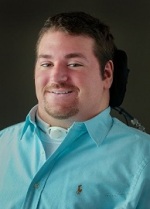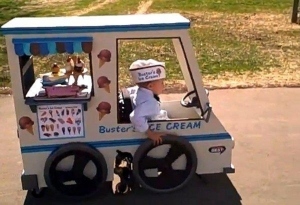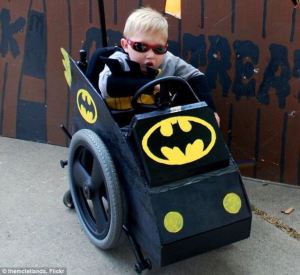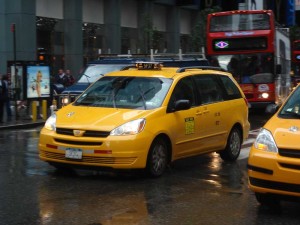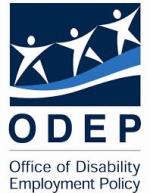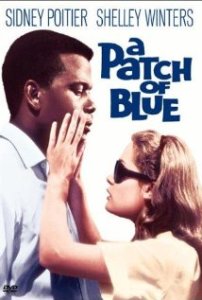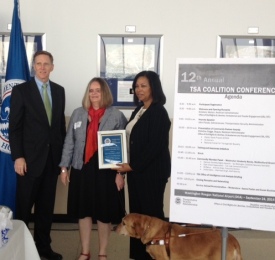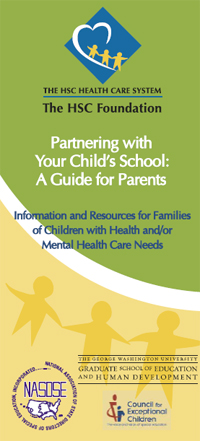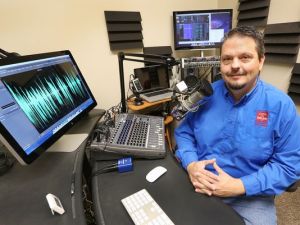What I learned about finding a job with a disability
by Ben Trockman
Last week I had the opportunity to participate in a discussion on the Easter Seals Facebook page about what it takes to find a job when you have a disability. Our chat was called “Launching Your Career: An Honest Chat about Navigating the Workforce with Disabilities” and was a pleasure to join. I was one of a team of panelists selected by Easter Seals to give some — hopefully valuable — insight on the difficulties that may arise when people with disabilities begin to enter the workforce. Others on the panel with me were:
- Sara Fair, a college senior who interned with Easter Seals over the summer and is beginning to job-search
- Colleen Flanagan, a working professional with disabilities who has been through it all and now mentors others as a leader of the youth program at Easter Seals Massachusetts
- Patrick Cokley, a Policy Advisor at the Office of Disability Employment Policy, an agency within the Department of Labor that aims to expand employment opportunities for people with disabilities.
Our discussion covered topics such as disclosing your disability, resume writing, interviewing for a job, and much more. We answered some important questions from the crowd and shared our experiences.
For me, after graduating with a degree in Public Relations from the University of Southern Indiana, my “real job” experience started with an internship with the Public Relations Department at Easter Seals Headquarters. After I started the internship, I was excited to receive a job offer from Old National Bank in my hometown of Evansville, Indiana.
The job, as a Community Outreach and Employment Specialist (more to come in my next post) is an absolutely perfect match for me! But, before I accepted my position at ONB, I had to explore the feasibility of earning a “fair” wage, while continuing to receive Medicaid benefits — the benefits that provide for my nurse/assistant to come to my home in the mornings, get me ready for work, assist me throughout the day, and get me home safely.
Be sure to check out the Easter Seals blog next week. In my next post, I’ll give you more details about my new career at Old National Bank, and explain how I found the MED Works program offered in Indiana, the program that allows me to go back to work while continuing to receive Medicaid benefits.
These are the types of issues we discussed in last week’s Facebook chat, and you can read the whole panel discussion on employment on Easterseals.com. If sharing my story helps other people with disabilities successfully transition back into the workplace, well, I am doing my job!







